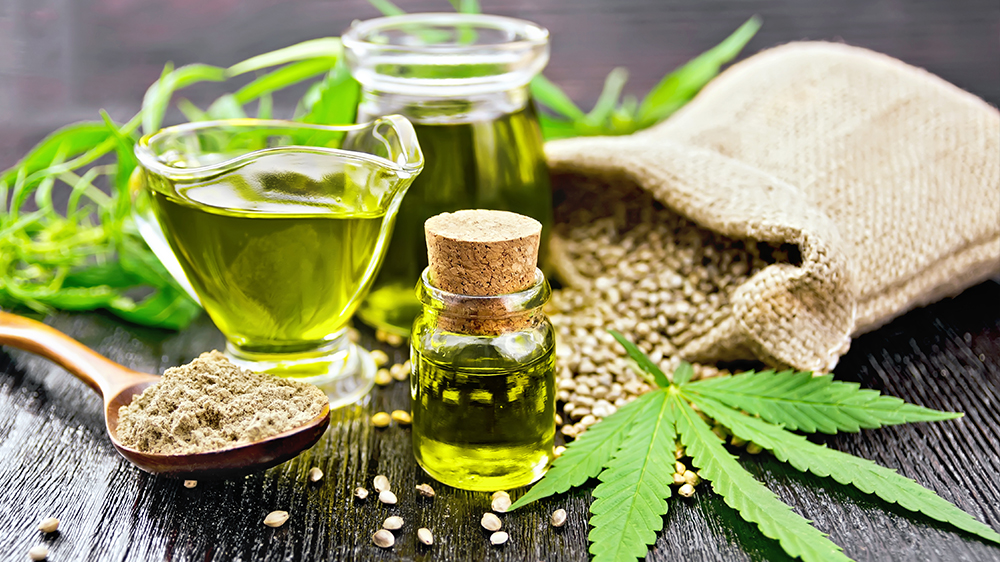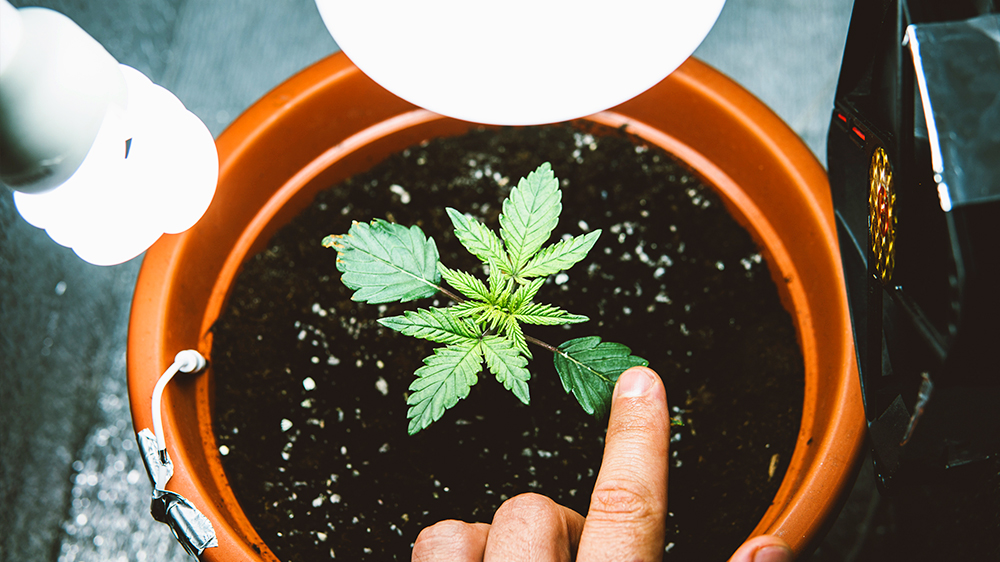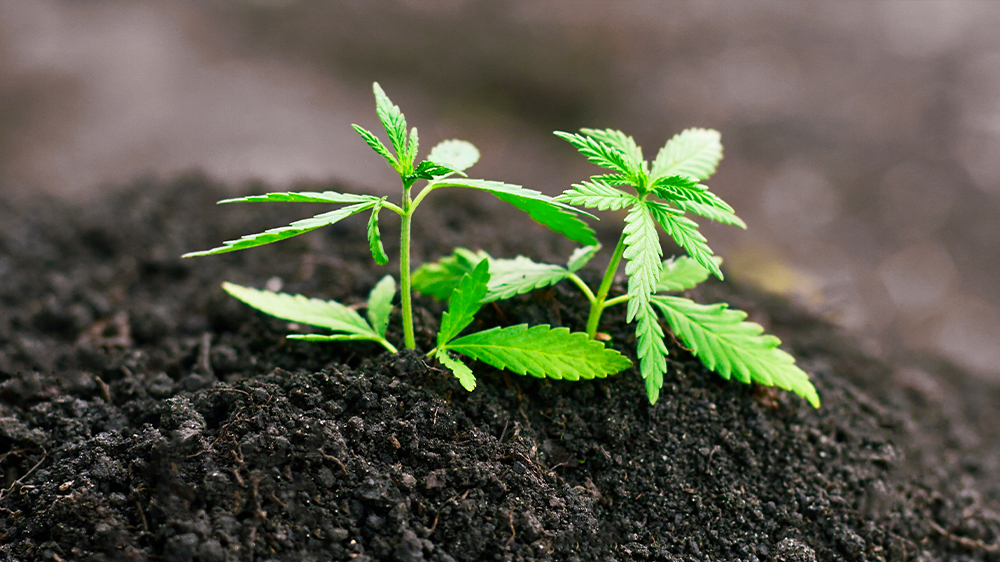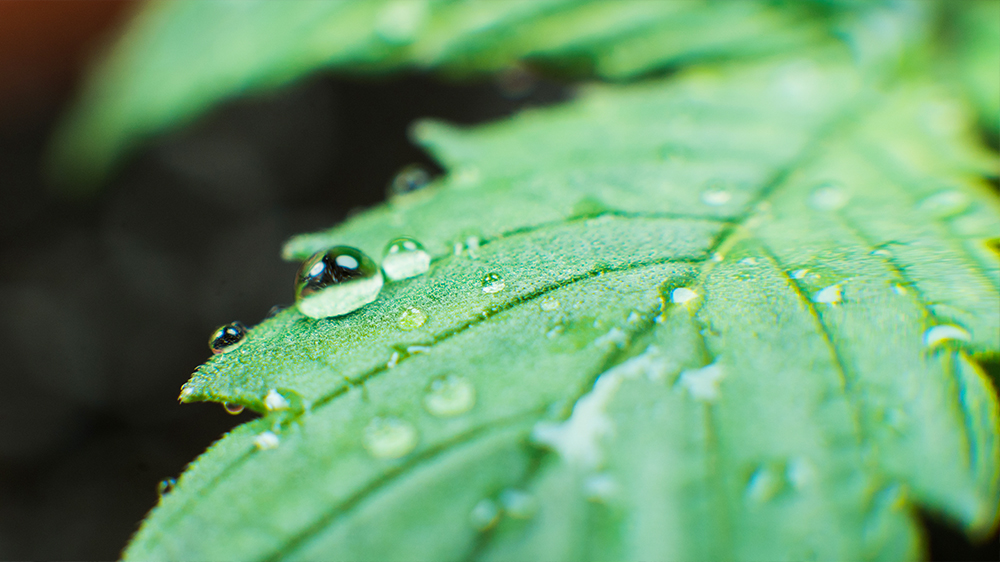
Growing hemp at home is now officially legal in Illinois for medical card holders, so it’s safe to say we’re expecting a big surge of folks with a newfound interest in indoor gardening. While we’re excited to help all the budding gardeners out there begin their hemp growing endeavor, we have to admit, growing hemp isn’t exactly the simplest project for a rookie. That being said, it’s still achievable — you just need the right equipment, the right growing conditions, and some clear instructions to follow.
You will also need to verse yourself on the regulations surrounding these controversial plants because you could end up getting into some hot water if your project doesn’t meet the legal guidelines. All things considered, growing hemp is a real labor of love, so if you’re ready to begin growing hemp in Frankfort, Alsip is here to guide you on your journey with your new roommate, Mary Jane.
Illinois Hemp Rules: Growing At Home
As of now, if you want to begin growing cannabis at home, you’ll need to have a medical prescription. If you’ve got a valid prescription, you may grow a maximum of five plants. Without a prescription, growing up to five cannabis plants at home could land you a $200.00 fine. Right now, there are 20 licensed commercial hemp growers in Illinois, but pretty soon, small businesses will be free to apply for licenses to become “craft hemp growers,” with up to 5000 square feet of growing space!
10 Steps For Growing Hemp At Home
Set Up Your Grow Space: When you’re growing hemp/cannabis, you’ll need to monitor the temperature, light levels, and air quality very carefully. You’ll also need a reasonable amount of room to make space for your grow lamps, fans, and fast-growing plants—hemp can triple in size surprisingly quickly! If you have room for a shed or greenhouse in the yard, this is a pretty ideal size for a small hemp garden. Otherwise, you could set up a large closet or a small spare room, depending on the number of plants and the space you have available.
You’ll want to make sure the space is easy to keep clean, so avoid having any fabrics, untreated wood, or carpeting in the area. You must also be able to immerse the growing area in complete darkness with no light leaks for a portion of each day (4-8 hours during active growing phases, and 12 hours when you want your hemp plants to flower). Keep it dry, and install an efficient ventilation system and temperature controls to protect it from the outdoors.

Pick Up Some Grow Lights: There are several different kinds of grow lights that you can use for growing hemp. Popular bulbs include:
- Metal Halide (MH High-Intensity Discharge): A cool, bluish light that is great to use during active vegetative growth. HID lights produce a lot of light for a pretty great value — they’re brighter than fluorescents, less expensive than LEDs, but not quite as energy-efficient. It’s important to note that with HID lights, you need ballasts and reflectors, so that takes up a bit more space. These bulbs also produce a lot of heat, so air ventilation and fans need to run while the lights are on to keep the temperature regulated.
- High Pressure Sodium (HPS High Intensity Discharge): These bulbs have all the same features of MH bulbs, but they have a slightly warmer, reddish glow and are best used to promote flowering. If you don’t have enough in the budget for both MH and HPS lights, you can get away with just using HPS lights.
- Fluorescent Lighting: This option is a bit cheaper than HID lights, and they don’t give off nearly as much heat, so you don’t need a ventilation system. Fluorescents are a great option for beginners. For fast and easy setup, we carry the Jump Start 4’ Modular T5 Light System, which has everything you need to start growing with fluorescents.
- LED Lighting: While they’re generally the more expensive option, they’re the most convenient and produce the best results. They’re super energy efficient, so you’ll at least save some money on the electric bill if you invest in LEDs. They generate very little heat, and the full spectrum of lights leads to much better plant growth.
Get The Air Circulation Just Right: Exhaust fans or air conditioning is needed to find the correct balance of temperatures when the grow lights are on and off. When they’re on, it’s best to keep the temperature between 70° and 85°, and when they’re off, you’ll want it between 58° and 70°. Some strains prefer different temperatures — indicas usually prefer things more on the cool side — so try to determine what the ideal conditions are for your chosen strain before you set up your space.
Configure And Monitor Condition Controls: Your lights need to be set on a timer so they’ll stay on for 16-20 hours per day during the vegetative phase, and 12 hours a day during flowering. You can also configure a timed thermostat system connected to your exhaust fans, so temperature fluctuations can be automatically resolved. The fan will switch on or off whenever needed. It’s also not a bad idea to have a pH test so you can keep tabs on your soil acidity, because hemp plants prefer pH levels between 6-7 in soil, or slightly more acidic at 5.5-6.5 in a hydroponic growing medium.

Pick A Growing Medium: Regular potting soil is a popular choice for beginners, and most formulas should work just fine, provided they don’t contain any slow-release fertilizer. Pre-fertilized soil that isn’t slow-release is probably your best option. More advanced growers like to use soilless, hydroponic growing mediums like these Coconut Coir Plantable Pots.
When fed with a mineral salt nutrient solution, your plants will absorb the nutrients much more quickly, growing bigger and faster, but they require more diligent monitoring and precise watering to avoid nutrient burn.
Growing hemp in a soilless medium is generally easier if you set up an automated watering system, so you don’t have to worry about having to measure out all the water yourself each time.
Get Suitable Containers: Soil-grown hemp plants are best if grown either individually in 5-gallon pots, or a few together in a 10-gallon pot with suitable drainage holes. If you’re using growing mediums like pebbles or these Grodan Starter Plugs, you can use a tray-shaped hydroponic system that floods and drains.
Fertilize Your Hemp Plants: Hemp needs a lot more nutrients than other typical garden plants, so you’ll want to fertilize them every week if the soil isn’t pre-fertilized. During the vegetative phase, use a fertilizer that’s higher in nitrogen, and then switch to one that’s higher in potassium and phosphorus during flower production.
Macronutrient liquid fertilizer solutions often come in two separate bottles, so you have to mix them together immediately before applying. This is to prevent the compounds from combining in the bottle and becoming a solid that can’t be absorbed by your plants. Trace amounts of the micronutrients copper, calcium, magnesium and iron will also benefit your hemp plants, and these can be purchased separately. Use a diluted amount at first — about half-strength — to prevent your plants from getting burnt.

Water Carefully: Sometimes, certain minerals can build up in our tap water depending on where you live and what your water source is, so we recommend using filtered water on your hemp plants. As with all other plants, be careful not to overwater, because hemp is particularly sensitive to root rot.
Watch Out For Pests: Spider mites are known to pop up on hemp plants once in a while, and they’re notoriously hard to spot at first, so you’ll need to watch your plants closely. Use natural preventative treatments like castile soap solutions, and if you notice any signs of pest infestation, such as a fine white webbing, intervene immediately with a natural, organic pesticide. If only one plant is affected, separate it from the other plants to prevent the insects from spreading. If you need help deciding on an appropriate pest control solution, visit us in-store and we’ll help you find the best formula.
Get Rid Of Male Plants: As it turns out, hemp plants develop into either males or females. Assuming you’re growing your hemp for harvesting the flowers, the male plants will be of no use to you, as only the female plants grow the kind of harvestable cannabis with medicinal and psychoactive properties. Furthermore, male plants can fertilize the female plants if kept in close proximity, and this will prompt the females to produce fewer flowers and more seeds, which isn’t what you want.
To distinguish your male hemp plants from the females, take a look at the top of the branch joints. Female plants will have little white hairs poking out from the calyxes. Male plants, however, have small round pollen sacs that cluster at the branch joint.

While it may take a bit more maintenance than your typical gardening project, once your growing conditions are just right, your hemp will grow like a weed (hence its nickname). We can’t wait to help all the folks in Illinois who are interested in kicking off this exciting new garden project, so if you’re motivated and ready to grow, stop by at Alsip Home & Nursery, and we’ll set you up with all the equipment you need.
